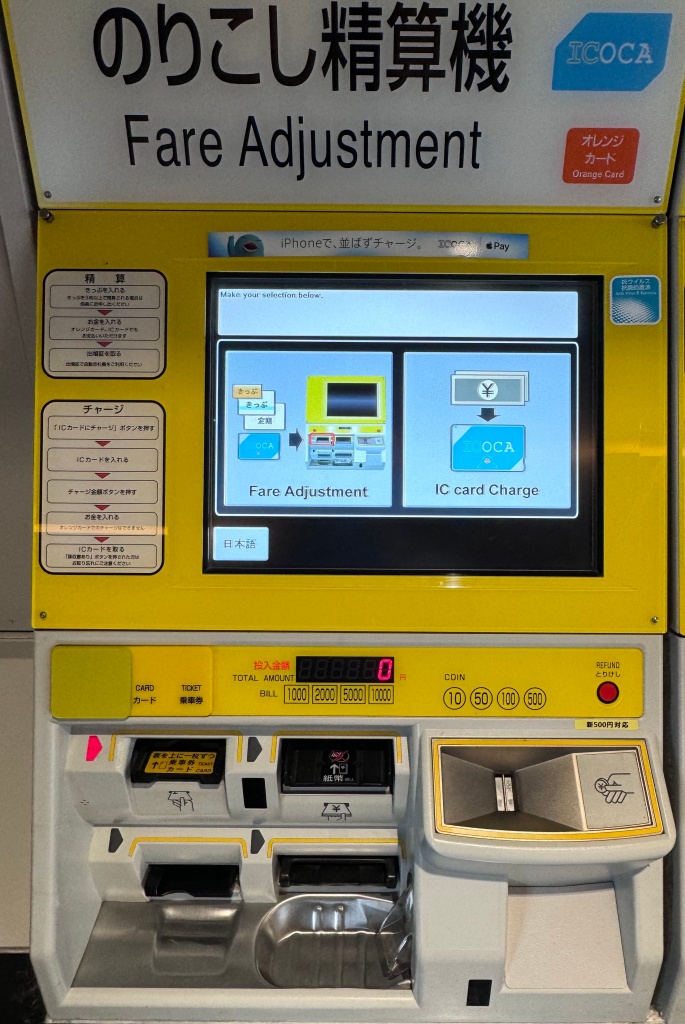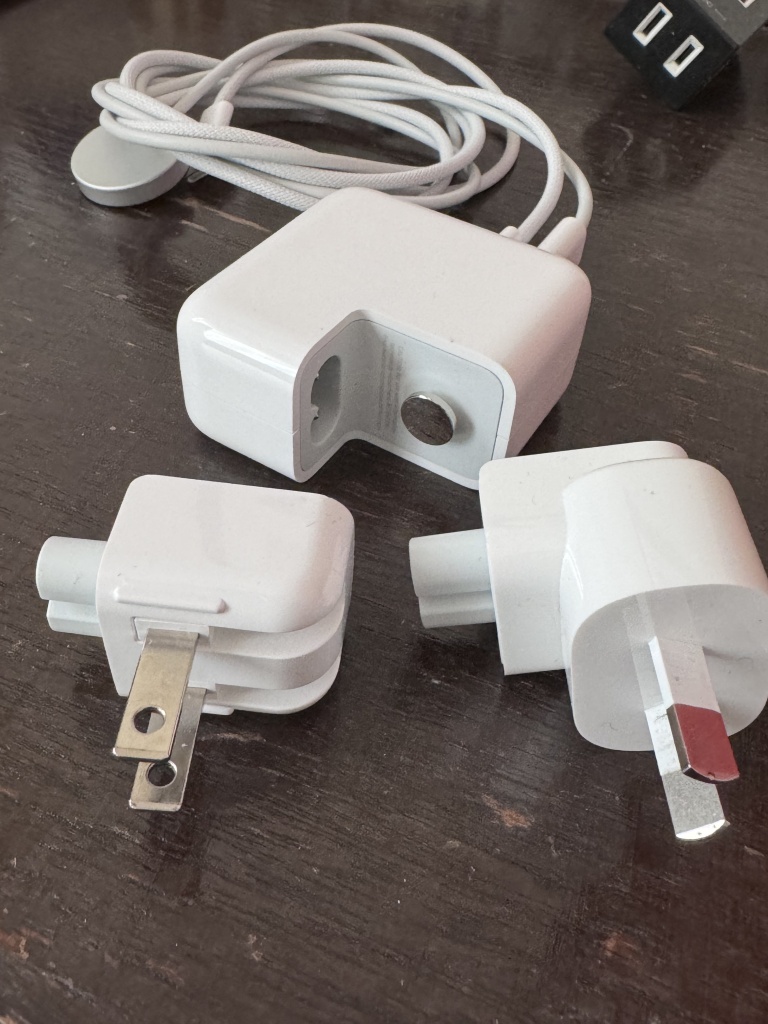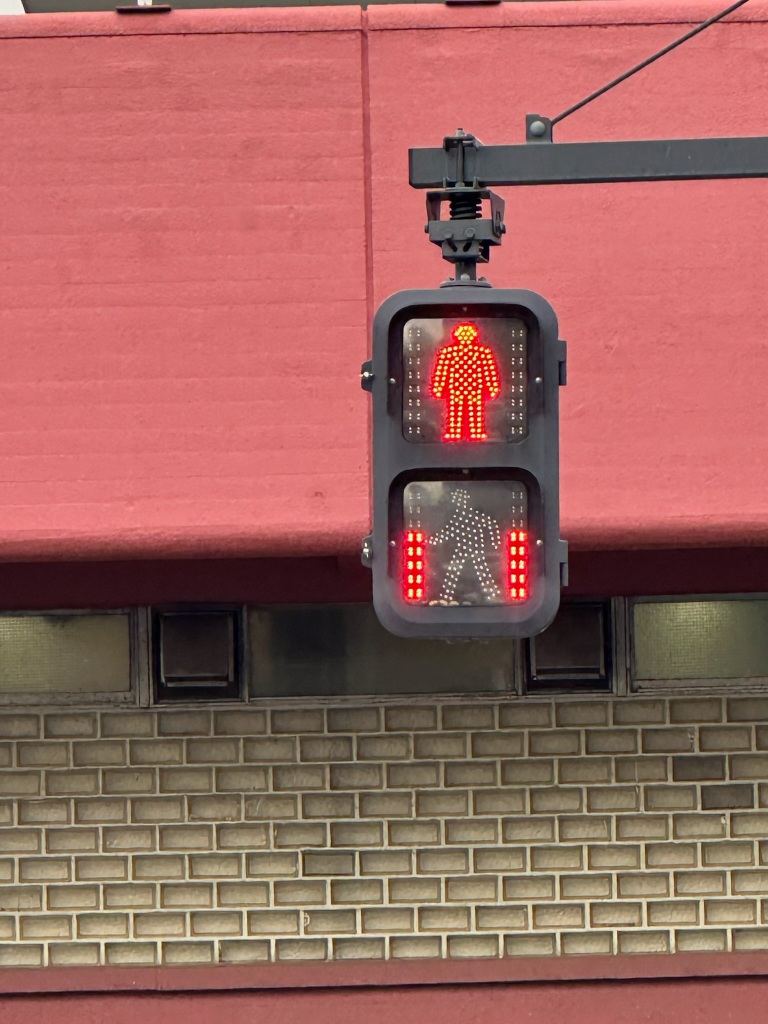We have friends and family travelling to Japan in the next couple of weeks so we thought we would create a list of useful things to keep in mind…
Don’t panic Japan drives on the left so you won’t accidentally get yourself run over 🙂
Subways: Keep an eye out for where the escalators and elevators are on train stations if you are not up to a lot of stairs. Escalators mainly seem to be towards each end of the platform and typically there is guidance on the video display showing the next station above the carriage doors. We have not been able to determine if you stand on the right or left of an escalator – usually there is guidelines but there is no standard – follow the crowds.
The safest bet would be to stand in single file on the escalator leaving space for other commuters to get past.
Train Tickets: Suica Card via Apple Wallet or other version of phone works really well in larger cities. It can often also be used for the vending machines, noodle shops and other retailers in the train stations. We had no issues with using the Suica card in Tokyo, Osaka, Hiroshima and Kyoto.
You can also purchase a physical Suica Card and top it up as you need to. According to the internet the Pasmo card is pretty much the same.

JR Pass vs just buying Shinkansen Tickets: If you are travelling the distances we did in a week then the 7 day JR Pass definitely has value. I would recommend using the https://www.jrpass.com/farecalculator to ensure you are getting value for money.
Power: Japan is 100-110v for power. For modern devices (iPhone, Android, Computer) their chargers would usually support from 100 to 240v so you should only need an adaptor. The charger should display what is supported (however you might need a magnifying glass to check). If you get it wrong you are likely to have a bunch of sparks, magic blue smoke and a dead charger!

Credit Cards vs Cash: Cash is king in small locations. Smaller restaurants and noodle shops are often cash only. Hotels and larger establishments that deal with tourists will have credit card options. We did find we needed more cash in Osaka and Kyoto than Tokyo. We used the Wise travel card which was easy and convenient. We limited the amount on the Wise card in case it was lost or compromised and it effectively works as a chip credit card overseas. 7/11 stores in Japan have ATMs that will accept the Wise Card – just use the International Card option. Fees are $1 – $2 based on the amount you are withdrawing.
Hotels: all the hotels we stayed in had washing machines and dryers. Usually costs a few hundred yen so save those hundred yen coins. You can get change from the hotel reception as well. The washing machines auto-load detergent so you don’t need to provide your own. It seems to be OK – Madkiwi and I can be sensitive to some detergents and we have not had any skin reactions.
Note: Next time we would probably try a laundromat as the lint filters on the dryers do not seem to be cleaned as often and can sometimes make everything a bit phuffy!
Some hotels have changed their process where they do not provide amenities in the room like – vanity set, shower cap, razors etc however they are usually available from reception if this is the case – they will have a central location where you can just collect what you need. Body wash, shampoo and conditioner are usually pump bottles in the shower.
Toilets: Busy Toilets will often have a queue. Recommend that you wait to the right. The disabled toilets are sometimes available as people are usually OK to wait. Just remember to check it is a western-style toliet – most of them are.
Toilets will occasionally have blower hand dryers but often will not have anything to dry your hands. I would recommend you carry a small hand towel to dry your hands as you leave the toilet.

Crossing Roads: New LED traffic lights have a countdown for Red and Green walk lights. Crossing ends when the green dots disappear and you get a short flash sequence before they go red. If the green light is flashing don’t start crossing.


Coffee: We were able to get a reasonable espresso in Tokyo even if it was from a machine. There are a few specialty coffee shops but you have to look for them. Espresso disappeared off the menu the further south we went. Lot of drip filter coffee.
Apple Maps vs Google Maps: Google Maps won most of the time (had the most accurate information) but it is good to have Apple Maps as a backup.
Google Translate is your friend if you want to ask a more detailed question on just view a menu outside a cafe.
Pocari Sweat or Electrolyte water: This stuff is great to stay hydrated. When you are doing a lot more walking and moving than usual, are moving from one air conditioned environment to another you do not realise how dehydrated you can get. Then add alcohol to that. Even at this time of year where we have had daytime temperatures ranging from 5 to 17C it is worth remembering to maintain your hydration and this stuff makes it easier.
Restaurants: so two main things to check with restaurants – 1 – do they take credit card or cash? / 2 are they smoking or non-smoking?
Leave a comment